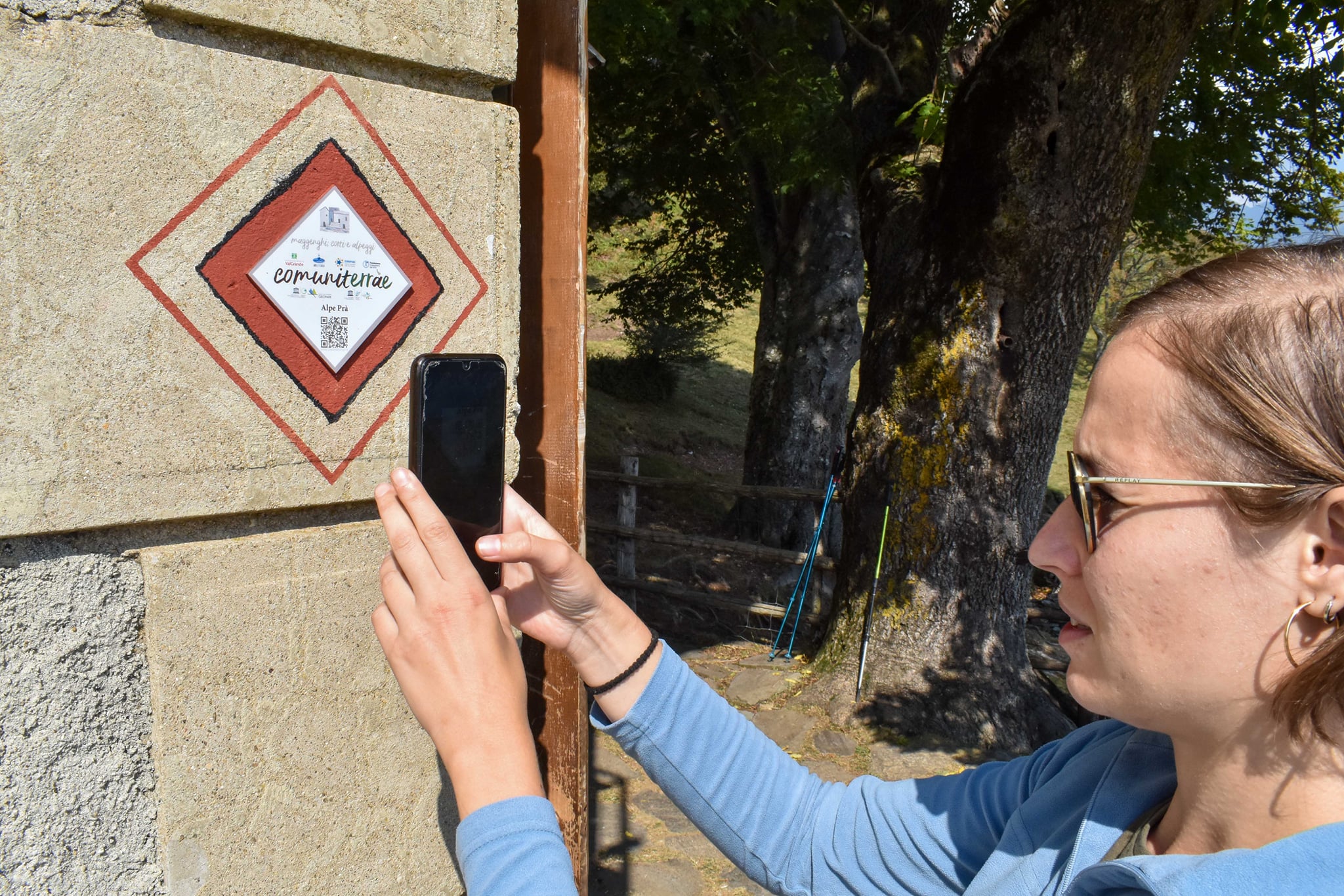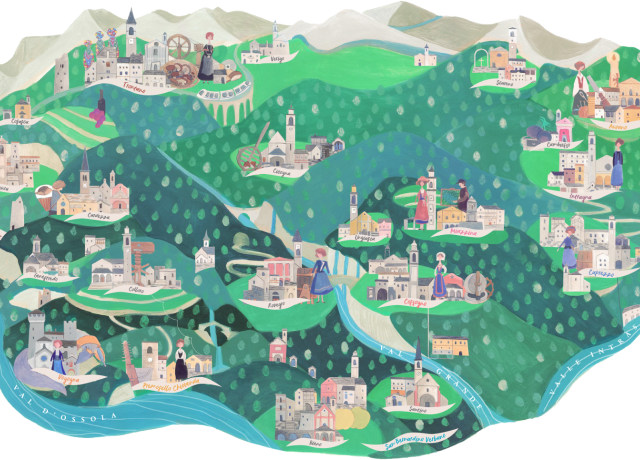Commonlands: A European Heritage Days Story
Commonlands: A European Heritage Days Story
The Val-Grande-National-Park is an area of the Alps on the border of Italy and Switzerland. Protected as a National Park since 1992, it is often described as the ‘largest wilderness area in Italy’ but is also home to small traditional mountain towns and villages with histories dating back to the 13th century. Since 2016, 10 of the small alpine municipalities which live in this area have been involved in the Commonlands mapping project. The founding objective of the project was for residents to work together to explore and preserve the area’s history and culture, boost tourism and encourage sustainable development based on the role of local individuals and communities.
Using a grass-roots approach, the project initially involved 135 residents which quickly grew to over 250 across all ages. The project was designed to focus on both tangible aspects of the area, such as the geographical setting and buildings, as well as intangible aspects of cultural traditions. This resulted in a wide range of outcomes, from a collection of 10 maps hand-drawn by a young illustrator to a digital archive of interviews, photos and videos collecting local memories and documenting the past, as well as a series of walking tours of the area showcasing its special identity through both landmarks and personal stories. A website was created to transform the maps into interactive guides and display the archive at comuniterrae.it and over 1,000 participants took part in community walks, winning the project accolades including recognition for the European Year of Cultural Heritage 2018 and the European Heritage Award / Europa Nostra Award 2019, as well as being showcased as a European Heritage Days Story.
Following the feature as a European Heritage Days story, Commonlands was eligible for a grant from the stories initiative to expand the project scope, explore emerging themes in greater depth and reinforce participation. After a successful application, funds allowed for hiring a new project facilitator and new project objectives including further mapping and adding signage plaques to the area as part of establishing an ecomuseum of ‘Terre di Mezzo’.
Preparatory meetings for this new phase of the project started in January 2020 with a group meeting at the Val Grande Park headquarters in Vogogna (VCO), in the Sala degli Specchi to reflect on previous results and look at making future progress more effective. The participatory process also saw a specific meeting held in each of the ten areas, as well as seven follow-up group meetings amongst multiple municipalities with posters, flyers, posts on social networks and word-of-mouth promotion designed to increase and improve the involvement of participants. Across 2020, Covid-19 protocols were introduced, such as moving the calendar of regular meetings online, allowing the project to continue providing the space to help explain the ecomuseum concept and include collaborative ideas from residents; “during the meetings, the participants had the opportunity to put questions, doubts and curiosities to managers and administrators of ecomuseums in areas close to the project area, receiving in response ideas and suggestions for reflection”, explain the organisers.

The geographical mapping of the area continued as an important element of the project, with the new phase allowing more technical aspects to be included. More precise GPS surveying of the area took place and then, using specialist software, a PhD student at the Polytechnic of Turin helped the programme facilitator catalogue the data points, with design work assistance from the Touring Club Italiano which is a company specialising in creating maps for tourism. The resulting layers of the maps include a rich variety of cartographical and cultural information, including the location of plaques and categorised icons for highlighted assets, as well as information contextualising the geography and heritage of the area and background about the community project. To ensure the maps are available as widely as possible to the general public, they were formatted for digital users on various websites including those of the Val Grande National Park and the Italian Alpine Club, as well as printed in paper form for a number of local tourism and hospitality venues.
While much tourism was limited during the pandemic, the project has been able to deliver some events safely in-person, with measures put in place such as limiting group sizes, social distancing and wearing masks. Self-guided exploration has also been supported with the placement of in-situ identification plaques highlighting important local assets, which organisers describe as being designed to “support visits, excursions and ecological-cultural walks in the area”. The use of QR codes on the plaques also allows for multi-media experiences via tourists’ smartphones.
Another outcome was the publishing of a scientific volume in early 2021 which contributes to ideas about participatory planning in the enhancement and development of cultural heritage. The publication used the experiences of Commonlands, alongside a photographic story of the project, to reflect on the ideas and as a platform to “propose a new and broader vision of heritage” which incorporates aspects of identity, change and sustainable development. These strands are brought together in the title, with the term ‘heritography’ as a way of describing the “coexistence and the inseparable meaning, in a single concept, of heritage and geography… understood as a complex system of culture, landscape, geography, tangible and intangible assets”. More details about the book - Heritography. Per una geografia del patrimonio culturale vissuto e rappresentato – can be found on the publisher’s website.
More details, the maps and other news about Commonlands can be found on their website at comuniterrae.it or on the project’s Facebook account @comuniterrae. The call for 2022’s European Heritage Days stories is now open for applications. Successful stories may be published on our website and can go on to apply for funding. Find out more about how to share your heritage treasures with other communities in Europe and project eligibility criteria on our news page.
